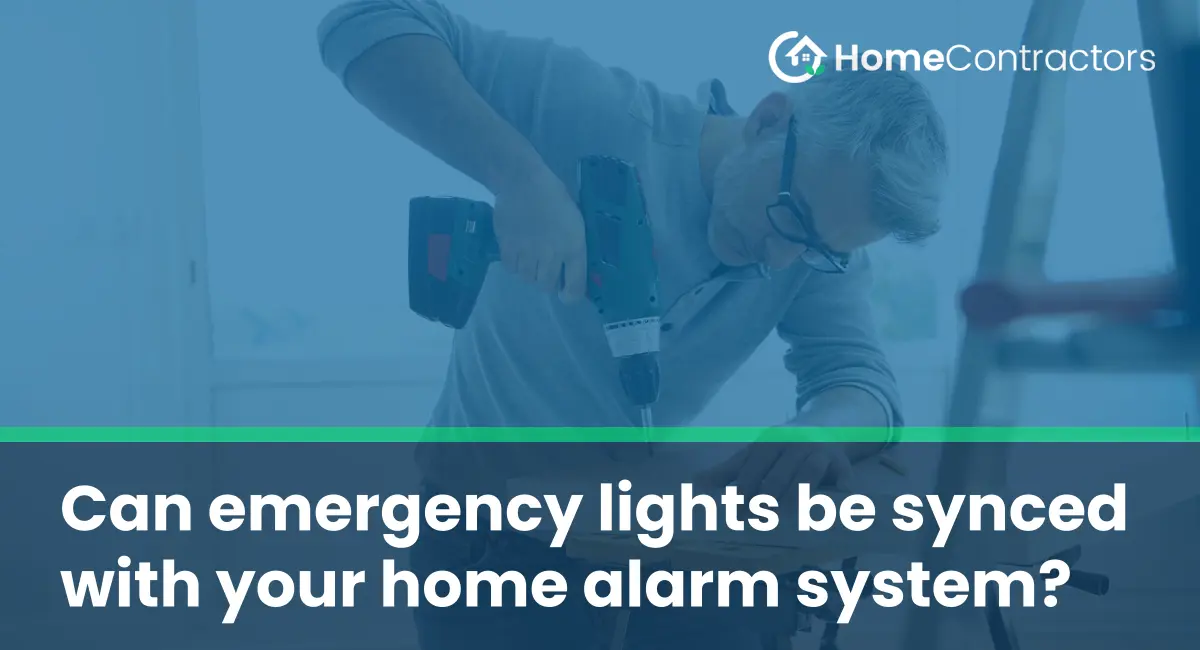Emergency lights are fixtures that provide illumination when regular lighting is compromised or unavailable. They typically incorporate a backup power source, such as batteries, to ensure continuous operation during emergencies. These lights are commonly found in public buildings, commercial establishments, and other spaces mandated by safety codes.
The Importance of Emergency Lights:
Having emergency lights in your home is crucial as they serve multiple purposes during unexpected events. They ensure the safety and prevent accidents by providing adequate visibility in areas such as stairwells, hallways, and exits. Additionally, emergency lights can help navigate through the dark during power outages, allowing residents to find essential items and contact emergency services if needed.
The Role of Home Alarm Systems:
Home alarm systems are designed to protect against theft, unauthorized entry, and other security risks. These systems typically include sensors, alarms, and a control panel that communicates with monitoring services or sends alerts directly to homeowners’ smartphones. They act as a deterrent to potential intruders and provide peace of mind to homeowners, knowing their property is safeguarded.
Benefits of Syncing Emergency Lights with Home Alarm Systems:
1. Increased Visibility during Alarm Activation:
Syncing emergency lights with home alarm systems can provide enhanced visibility during an emergency. When the alarm is triggered, the lights can automatically turn on, significantly reducing confusion and aiding in evacuation efforts. Occupants can quickly identify safe exits, potentially avoiding obstacles or hazards.
2. Improved Intruder Deterrence:
By integrating emergency lights into the home alarm system, intruders or potential burglars are faced with increased visibility if they attempt unauthorized entry. This could potentially deter them from proceeding with their illegal activities and improve the overall security of the premises.
3. Seamless Integration and Control:
Syncing emergency lights with home alarm systems allows for a unified system that can be easily controlled and monitored. Homeowners can conveniently manage their alarm system and emergency lights through a single interface or app, enabling them to customize settings, receive alerts, and access real-time information about their home’s security status.
Considerations for Syncing Emergency Lights:
While the idea of syncing emergency lights with a home alarm system is beneficial, there are several considerations that need to be taken into account:
1. Compatibility:
Ensure that both the emergency lights and home alarm system are compatible with each other. Some alarm systems may have limitations or specific requirements for integrating additional devices. Consulting with a professional installer or system provider can help determine compatibility and offer guidance.
2. Wiring and Power Supply:
Syncing emergency lights with a home alarm system may require additional wiring, power supply considerations, or modifications to the existing electrical setup. It is essential to consult with a licensed electrician to ensure the proper installation of both systems and compliance with safety regulations.
3. Professional Installation:
Given the technical nature of syncing emergency lights with a home alarm system, it is recommended to seek professional installation. Experts are experienced in integrating different components seamlessly and can ensure that the system functions optimally and remains reliable during emergencies.
Syncing emergency lights with your home alarm system can provide numerous benefits, including increased visibility during alarm activation, improved intruder deterrence, and seamless integration and control. However, it is crucial to consider compatibility, wiring requirements, and seek professional installation to guarantee a successful integration. By combining these essential safety features, homeowners can enhance their home security and ensure the safety of their families, even in the event of an emergency.
